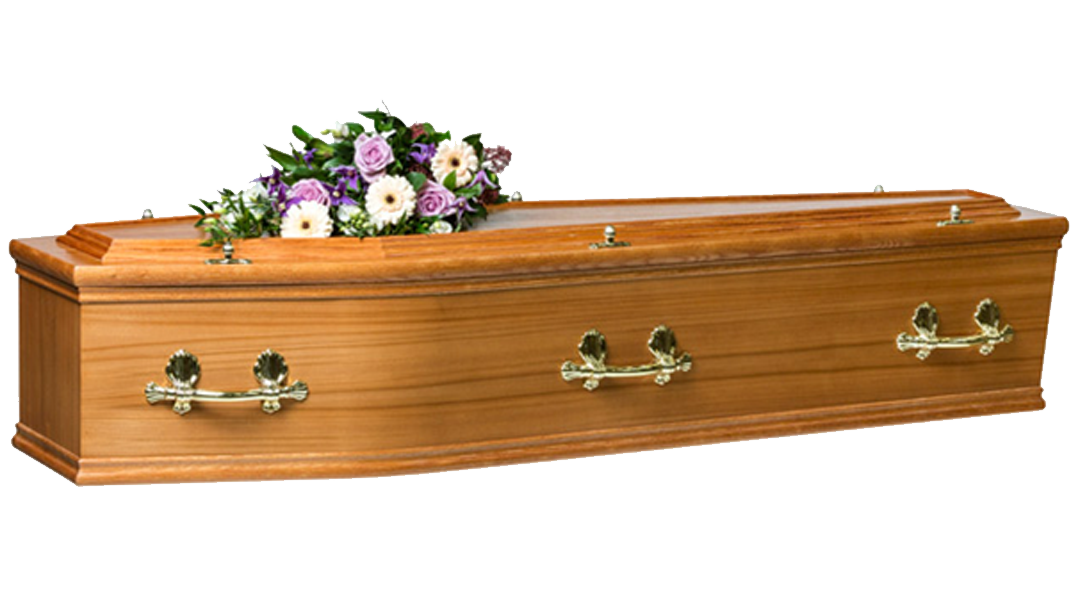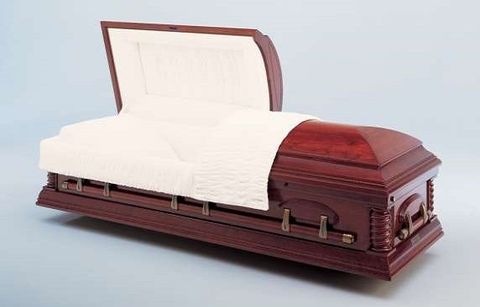
When selecting a Daisybox, you'll be celebrating the life of a left enjoyed one in the most customised and dignified method. You or your friends and family can Do It Yourself embellish or have a favorite image printed or painted all over a Daisybox, as a last visual and conversation starter for all to value a life well-lived. The last innovative result is completely as much as you, with a growing worldwide network of artists, printers and funeral arrangers prepared to welcome your bespoke style requirements.
If a customized service is not what you're trying to find, then an ignored, affordable direct-cremation, followed by a memorial service or gathering is also frequently practiced with a Daisybox "Standard" casket.
The reality there is now an alternative to an expensive metal, timber or engineered wood casket or coffin, is a much-requested reality.
Our group is developing a global network of funeral arrangers who're delighted to provide a low-priced Daisybox as part of a tailored funeral service. There is no time like today to make sure that client households have a broad option of choices than the traditional methods. Funeral arrangers who welcome Daisybox ® are both innovative and observant to the changing nature of customer households.
Honouring the dead has actually been very important throughout history. But how did our ancestors bury their enjoyed ones, what has altered and what has remained the exact same? Find out in our brief history of caskets.
Stone Age burials
Neanderthals residing in Eurasia 600,000 years ago buried their dead in shallow graves with a few individual keepsakes such as tools. These burials were extremely easy and usually served as a method to prevent scavengers. Recent discoveries show later on Neanderthals carried out ancient burial rites. A 50,000-year-old skeleton found in a cave in France has lead researchers to think that people would ceremoniously bury their dead even as far back as the Stone Age. Some Neanderthals decorated themselves with homemade jewellery consisting of different pigments, feathers and shells.
Ancient Egyptians
The Egyptians were experts at mummifying everything, from human beings to crocodiles. They held a strong belief that death was simply an obstacle to the afterlife and they preserved the body so the spirit of "Ka" might direct them to paradise. Apart from the heart, which was required for the Hall of Judgement, all organs were taken out and the body was embalmed and covered in linen. Similar to today, there were a variety of 'mummification packages' so that everybody from the extremely wealthy to the underprivileged might mummify their liked ones and ensure they had a safe journey to the afterlife.

Medieval casket making
We'll never know how popular wooden caskets were throughout Medieval times due to the simple reality that the majority of them have broken down. Caskets made of lead and stone were reserved for the really wealthy or very crucial. The shape of these different hugely from today's coffins; they were a rectangular-shaped alcove sculpted into stone, with a rounded circle at the top for the head - the ideal shape for a person. An example of this can be discovered in the Greyfriars graveyard in Leicester, where Richard III was found. The lead coffin framed by a bigger stone coffin contained the body of an old woman, who was stated to be an essential benefactor of Greyfriars between the 1200s and 1400s.
American Civil War
Although the French were the very first to coin the term 'coffin', taken from the Greek term for 'basket,' it wasn't till the American Civil War started in 1861 that coffins were extensively utilized. Using them to carry dead soldiers securely and securely, Americans started to mass produce the coffin we know today. American Civil War caskets were typically created from old wood furniture as they were required. The initial coffins quickly streamlined into 'caskets' - the distinction being that caskets have six sides and coffins have four sides.
Victorian coffins
The very first coffin factory museum opened recently in Birmingham. Previously among Britain's most well-known coffin makers, the Newman Brothers Casket Furnishings Factory catered for the Victorians' 'obsession' with death. In the Victorian period, funerals were a huge occasion and people would spend a great deal of money on the occasion - consisting of trimmings such as brass handles, burial shrouds, breastplates and severe ornaments. Burial vaults were particularly popular and the caskets destined for the vaults included 3 layers - one of which was lead. It wasn't unusual for these coffins to weigh approximately a quarter of a tonne.
Caskets today
Modern funerals are viewed as an opportunity to commemorate life and a possibility to give the individual a send-off that fits their design and character. Today, over 75% of individuals are cremated, but even in a cremation, the casket is an essential method to show and remember the character of the deceased. Whether it's a smart gloss-black casket or a coffin inspired by the person's favourite football club-- there is a substantial variety of alternatives offered to families. There is likewise a rising variety of people going with environmentally friendly coffins and even 'natural burial pods' where your liked one's Additional hints remains will support the development of a tree.